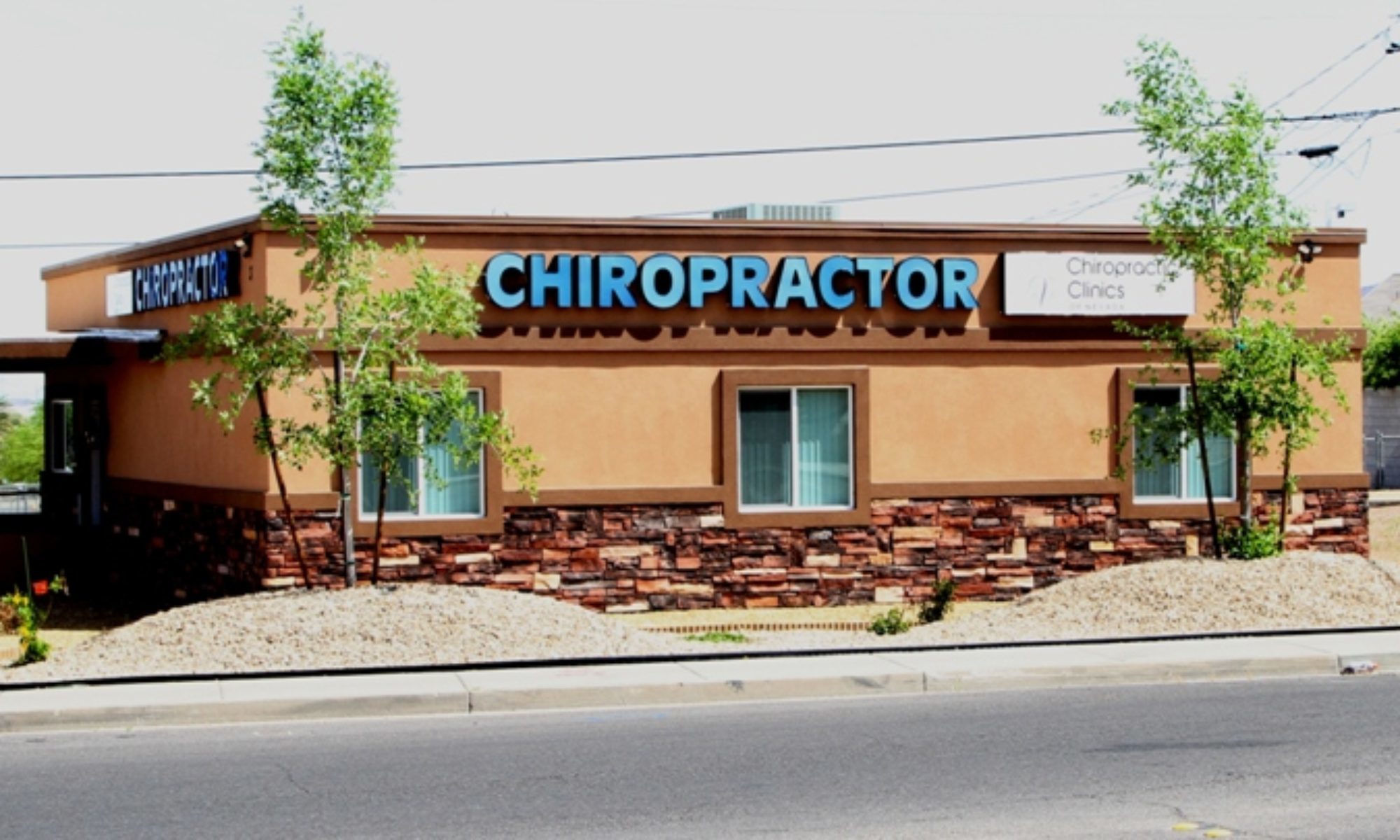Initiating care with an MD for back pain results in much higher health care costs than going to a DC, says study.
By Peter W. Crownfield
With the much-touted Choudhry/Milstein study already putting insurers and other health care stakeholders on notice that chiropractic care for back pain “is highly cost-effective [and] represents a good value in comparison to medical physician care and to widely accepted cost-effectiveness thresholds,” along comes “Cost of Care for Common Back Pain Conditions Initiated With Chiropractic Doctor vs. Medical Doctor / Doctor of Osteopathy as First Physician.”
Published in the December 2010 issue of JMPT, the study, a retrospective claims analysis of Blue Cross Blue Shield of Tennessee’s intermediate and large group fully insured population, determined that paid costs for episodes of care were 40 percent lower when care was initiated with a doctor of chiropractic compared to an allopathic provider. Even when risk-adjusting each patient’s costs to account for severity, paid costs for chiropractic patients were 20 percent lower than medical patients treated for low back pain.
“Our results support a growing body of evidence that chiropractic treatment of low back pain is less expensive than traditional medical care,” stated the study authors in their conclusion. “We found that episode cost of care for LBP initiated with a DC is less expensive than care initiated through an MD. … Our results suggest that insurance companies that restrict access to chiropractic care for LBP may, inadvertently, be paying more for care than they would if they removed these restrictions.”
 In their study, the researchers identified Blue Cross Blue Shield of Tennessee members with an LBP claim based on the presence of any of the following ICD-9 codes on a paid claim: 722 Intervertebral disk disorders, 724 Other and unspecified disorders of back, 729 Other disorders of soft tissues, 739 Nonallopathic lesions not elsewhere classified, 846 Sprains and strains of sacroiliac region, and 847 Sprains and strains of other and unspecified parts of back. Of more than 650,000 members during the two-year period analyzed (Oct. 1, 2004 – Sept. 30, 2006), 85,402 had been diagnosed using one of the above codes.
In their study, the researchers identified Blue Cross Blue Shield of Tennessee members with an LBP claim based on the presence of any of the following ICD-9 codes on a paid claim: 722 Intervertebral disk disorders, 724 Other and unspecified disorders of back, 729 Other disorders of soft tissues, 739 Nonallopathic lesions not elsewhere classified, 846 Sprains and strains of sacroiliac region, and 847 Sprains and strains of other and unspecified parts of back. Of more than 650,000 members during the two-year period analyzed (Oct. 1, 2004 – Sept. 30, 2006), 85,402 had been diagnosed using one of the above codes.
Plan members had open access to MDs and DCs through self-referral (ER visits were categorized as MD-initiated care), without any limit to the number of visits. Co-pays did not vary between provider type.
Total episode costs for each episode of LBP were determined by calculating the cost paid by the insurer for all services provided during the episode by the same and other providers. Costs per episode were $452.33 (paid) for patients initiating care with a chiropractor and $1,037.04 for patients initiating care with a medical provider; risk-adjusted paid costs were $532.54 (DC) vs. $661.10 (MD).
“As doctors of chiropractic, we know firsthand that our care often helps patients avoid or reduce more costly interventions such as drugs and surgery. This study supports what we see in our practices every day,” said ACA President Rick McMichael, DC, in an ACA release reporting on the study findings. “It also demonstrates the value of chiropractic care at a critical time, when our nation is attempting to reform its health care system and contain runaway costs.”


